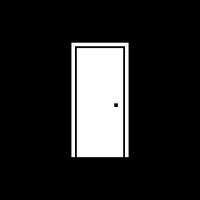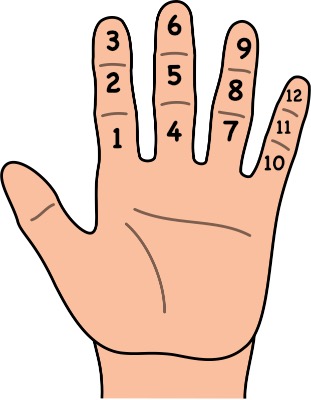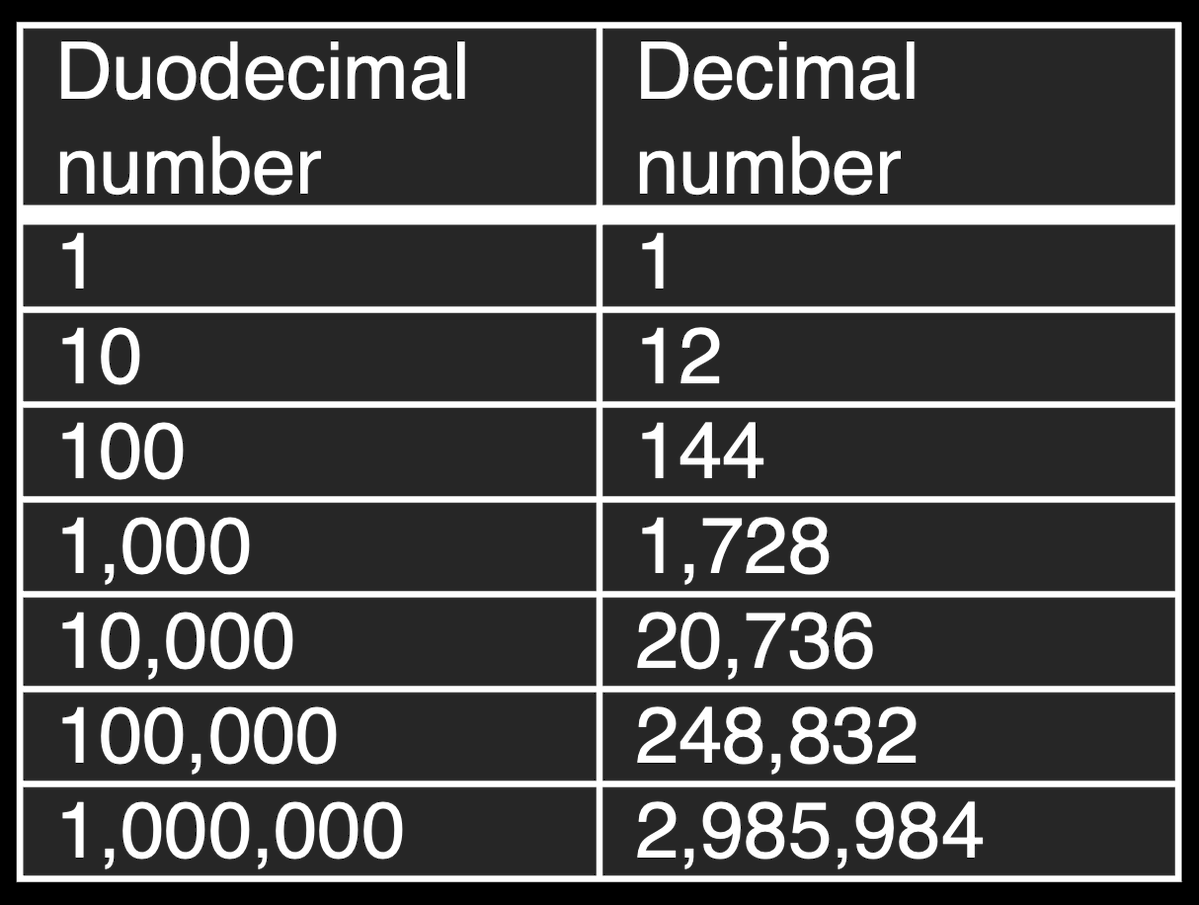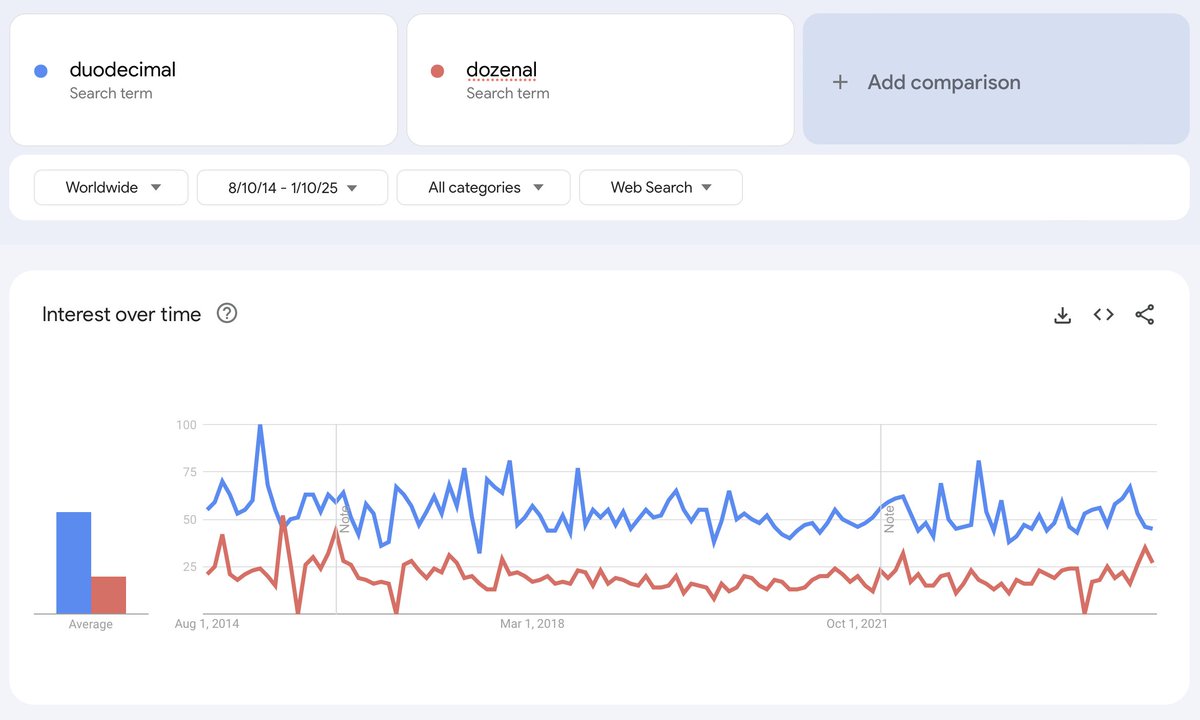
From Base 10 to Base 12
@whybase12
Exploring the advantages of counting by finger segments (base 12) over fingers (base 10) in math, science, engineering, and daily life. || New account
ID: 1877139168159268864
08-01-2025 23:43:56
15 Tweet
23 Followers
461 Following











